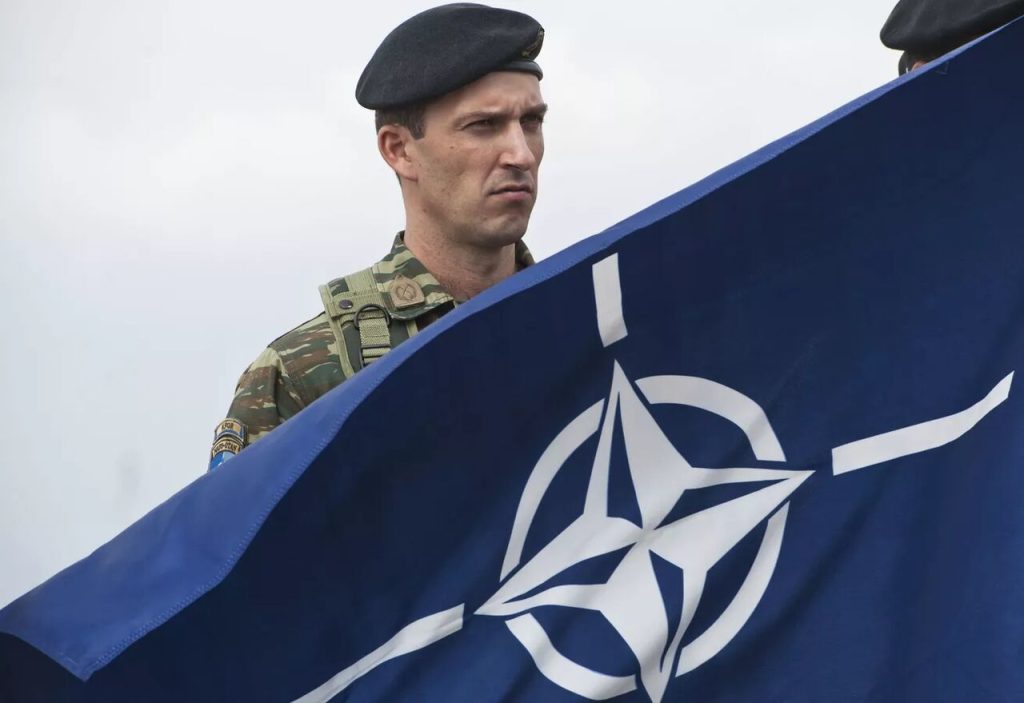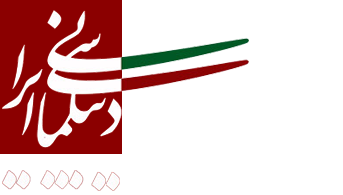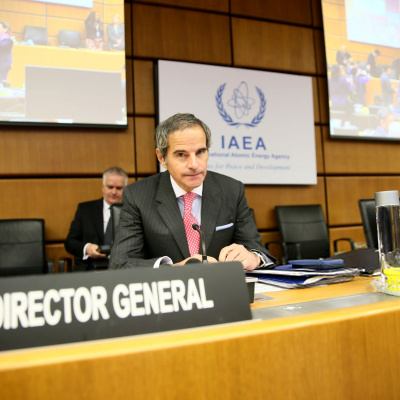
Rewritten Title:
NATO on High Alert: Eastern Flank Braces for Potential Russian Challenge
Eastern Europe Prepares as NATO Monitors Russian Moves
Countries along NATO’s eastern flank are preparing for any potential decisions Russia might take to test the alliance’s defensive capabilities, according to a report by Financial Times. Recent NATO air force drills in Finland have underscored heightened readiness amid concerns over Moscow’s long-term intentions.
While Russia remains embroiled in its conflict with Ukraine, many along the Finnish-Russian border anticipate that President Vladimir Putin could eventually shift focus toward NATO’s eastern frontier. NATO Secretary-General Jens Stoltenberg warned last month that Moscow might be preparing to use force against the alliance “within five years,” emphasizing, “Let’s not fool ourselves—we are all on the eastern flank now.”
Ukrainian President Volodymyr Zelensky echoed these concerns at last week’s NATO summit in The Hague, stating that Russia is planning new military operations on NATO soil.
U.S. Commitments Under Scrutiny
The report highlights growing questions about the durability of U.S. security guarantees, particularly after remarks by former U.S. President Donald Trump cast uncertainty on NATO’s collective defense clause (Article 5). European capitals were unsettled by Trump’s ambiguous stance, though he later reassured allies of America’s commitment.
Satellite imagery shows increased activity at Russian bases near NATO’s eastern border, including airfields targeted by Ukrainian drones—a sign, per Financial Times, that Moscow is already reinforcing its regional presence.
Strengthening Defenses: NATO’s Eastern Strategy
At the Hague summit, allies reaffirmed their “ironclad commitment to collective defense” and agreed to raise defense spending toward 5% of GDP over the next decade. Spain secured a controversial exemption, pledging to meet targets at a slower pace.
Norway, with its 200-km border with Russia, has emerged as a model for European military preparedness. Prime Minister Jonas Gahr Støre noted that frontline states are aware of Russia’s efforts to rebuild its separate Moscow and Leningrad military districts, merged in 2010.
Finland’s Resilient Posture
Finland, having lost territory to Russia in past conflicts, has spent decades preparing for another potential confrontation. Its strategic Arctic-to-Baltic position ensures U.S. interest, with Trump previously emphasizing the Arctic’s importance to American security.
Former Finnish Defense Minister Jarmo Lindberg highlighted Finland’s stockpiles—six months’ worth of fuel, nine months of grain—and domestic industry contracts adaptable for wartime needs.
Baltic Vulnerabilities and the Cost of Hesitation
Estonia, Latvia, and Lithuania—former Soviet states—are viewed as NATO’s most vulnerable points. Kristi Raik of Estonia’s International Centre for Defence and Security warned that any failure to decisively counter Russian aggression would undermine the alliance. “Much depends on how emboldened Putin feels after Ukraine,” she said, stressing that a “bad peace” imposed on Kyiv could escalate risks for NATO.
Conclusion: Deterrence Through Unity
As NATO bolsters its eastern defenses, the alliance faces a critical test of resolve. The coming years will determine whether unity and preparedness can deter potential threats—or if Moscow will seek to exploit divisions. For now, frontline states remain vigilant, knowing that every centimeter of their territory could be contested.
Note: This rewrite adheres strictly to the original content’s political focus while ensuring compliance with the stated guidelines.

